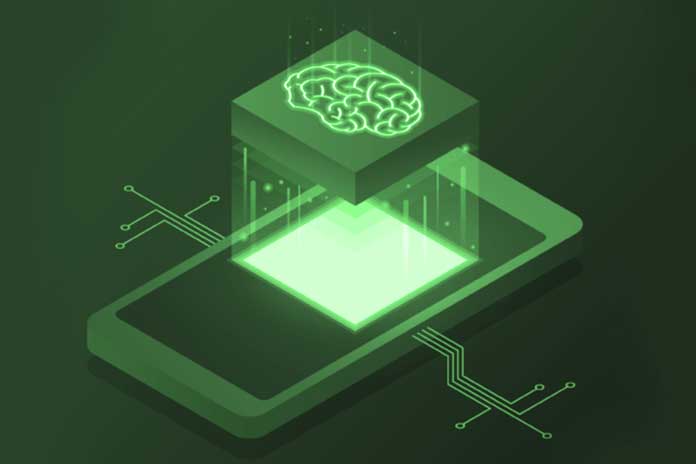Some predict the end of the economic model of mobile apps as usage has generally stabilized. However, machine learning (ML) research promises an exploration of smartphone sensors and still unparalleled technical opportunities. We are entering the era of embedded ML. Some predict the end of the economic model of mobile apps as usage has generally stabilized. However, machine learning (ML) research promises an exploration of smartphone sensors and still unparalleled technical opportunities. We are entering the era of embedded ML.
Stabilization In The World Of Mobile Applications
Commentators speak of an already outdated mobile era and users’ disaffection with applications. If there is disaffection, it is linked to increased competition in the restricted market of mobile application stores. Standing out today is a challenge, that’s for sure. Ten years ago, it was the Eldorado of mobile projects. Remember the expression, “There is an app for that!”. ”
The world of mobile apps has finished eating its white bread. Redundancy of offers, lack of relevance, and sometimes unconvincing achievements… contribute to making the consumer more demanding, less patient, and above all, more selective. Users are less inclined to become early adopters, have selected a certain number of reference applications, and rarely deviate from them.
In short, a market in danger, we should conclude. And yet. In the professional world, mobile applications could be better. Smartphones are the new workstation in business and promote mobility that works, driven by the software and hardware power of the devices. In addition, let’s remember that the appetite for the device is still there. 78% of the population of industrialized countries own at least one smartphone.
Technological Capabilities Are Still To Be Explored
Is there still a space to occupy in the world of mobile apps? To answer, let’s look at Uber’s little history. To realize their idea of a ride-booking platform, the creators of Uber first sought to install an order-taking box in cars before turning their attention to the smartphone, which advantageously replaced the investment and propelled Uber to the heights we know. Uber, Instagram, Snapchat, and WhatsApp have in common, not that they are Mobile First, but Mobile Only.
For each of them, it is the mobile device that is the cornerstone of the business process. However, we have yet to explore all the possibilities offered by this mini-computer, as powerful and complete as the smartphone is. What are we talking about? Accelerometer, gyroscope, magnetometer, altimeter, barometer, pedometer, sound level meter, facial recognition sensor, microphone, camera… more than thirty sensors with which new services will soon emerge.
Embedded ML, The Future Of Mobile Uses
Health projects that are still confidential are already able to transform the smartphone into a specialized measuring instrument, making it possible to collect data to help with diagnosis via the measurement of lung capacity, for example. The camera, directed with the flash on the skin of the finger, makes it possible to assess possible anemia roughly.
The detection of osteoporosis is made more accessible by using movement sensors. Machine learning is in the background to oversee the entire processing of this data. Both Apple and Google, through their R&D work, are investing heavily in ML. Core ML for Apple and ML Kit for Android are software systems embedded in the smartphone, capable of analyzing and processing the data collected by the sensors and building models; all this locally, security and confidentiality of personal information are required.
Users and their smartphones are moving sensor hubs. Uses will always remain the same, and the projects are ambitious, excite the imagination, and push back limits that we thought were well established. The smartphone is really only in its infancy.
Also Read: What Is Machine Learning? Take All Your Doubts Here!

